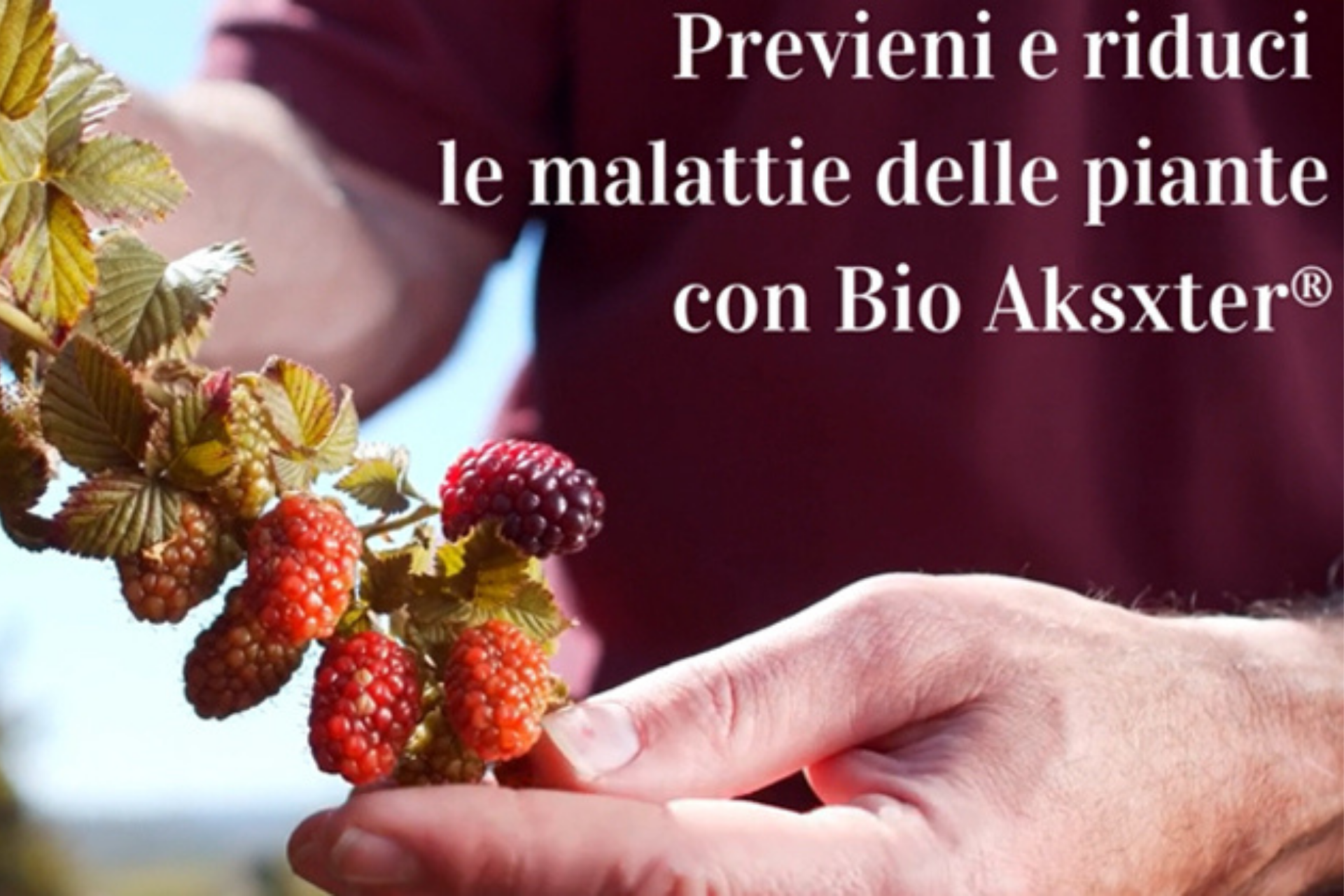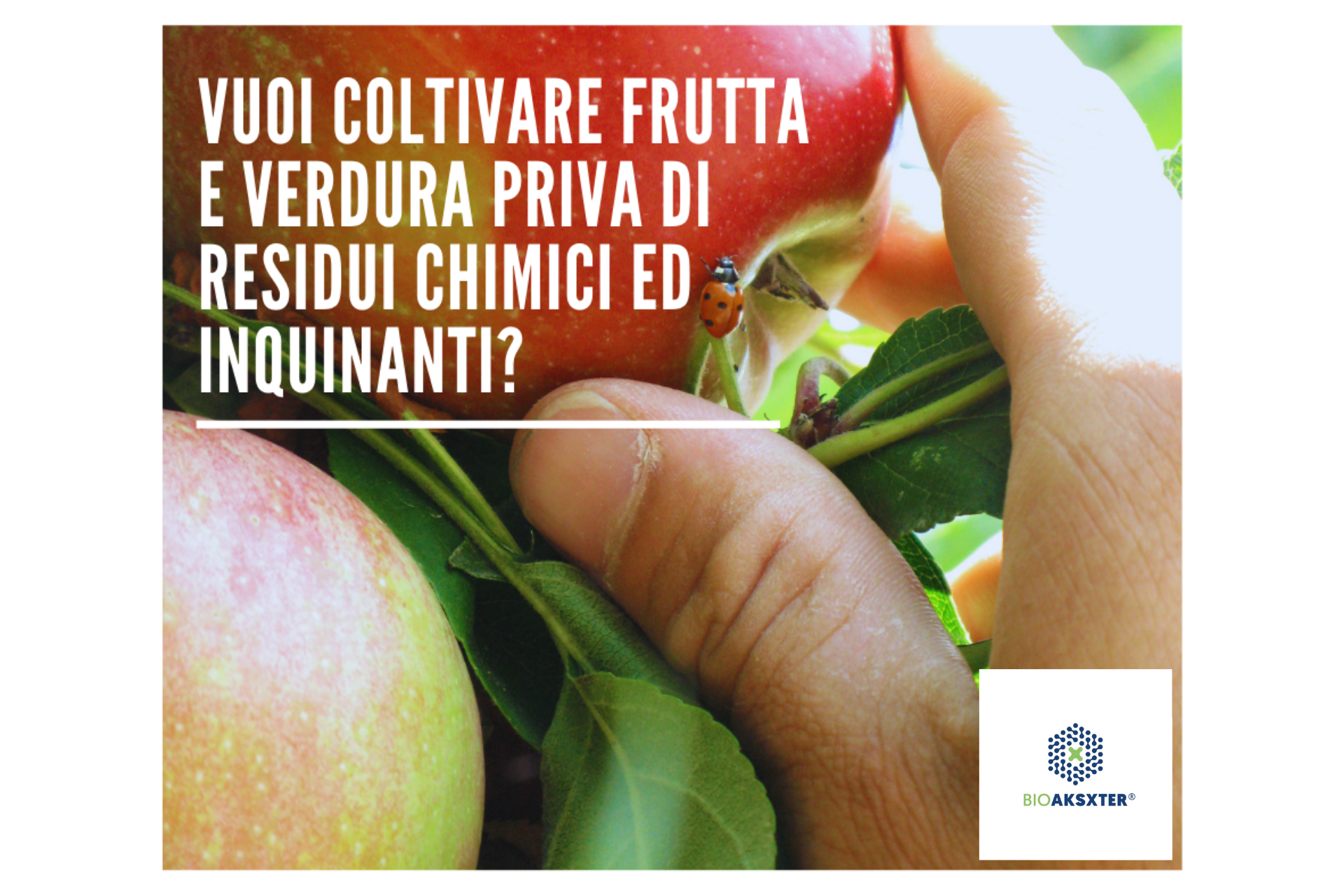
Prevention in agriculture: yes, but which one?
From the journal of Silvana Zambanini
Prevention needs to be thought about more than just in terms of workplace safety. I am not here to talk to you about tractors tipping over or occupational illnesses.
To tell the truth, a few comments on the risks arising from the use of phytosanitary products would be more appropriate. I have met farmers who would prepare verdigris with bare arms, as they had always done. They had their sleeves rolled up not because they were hot but to dilute it in water and mix it with other products. This is nothing like using BioAksxter®, which has no harmful effects and if you put your hand in it your skin becomes beautifully smooth; whereas with other agricultural products you need to be more attentive. Occupational illnesses aside, the prevention in agriculture to which I am referring relates to the future of the farm. The future of production.
Prevention is better than cure
The expression “prevention is better than cure”, which dates back to the 1600s and which is still in vogue in medicine, can be considered a warning in many areas of our lives. Including in agriculture where, today more than ever, farmers need to secure the future of their farms.
The Coldiretti guide for young farmers covers the bureaucratic aspects of setting up a farm but that alone is not enough. The business plan to exploit the potential that the earth offers, the romantic dream of “getting back to nature”, of “farming whilst remaining in perfect harmony with nature”, can soon be dashed by the realities of farm life.

Tired and unproductive soils, plant diseases, crop and environmental imbalances, continuous adversity: farming has become a battlefield. An environmental battle.
Beware though that there are now new enemies, led by the armies of climate change. They alter the biological, climatic, soil and agronomic conditions, paving the way for an army of pathogens. After years of farming struggle, of integrated pest management, and fighting against carriers of diseases, it can be easily seen how agriculture is a land of war and so, of death, but prevention can transform it into a land of life.
Prevention in agriculture, the only option
On one hand, the farming sector is static because it is still very closely linked to tradition and routine, in some ways appearing to be backwards, but on the other hand it is extremely dynamic because it is subjected to urgent social and economic changes. But in these two sides of farm life, the environmental conditions set the tone, allowing progress or imposing a stop. This multidimensional phenomenon is forcing the agricultural system out of its comfort zone, in a search for an innovative model which is different from the conventional one. Today it is Mother Nature who sets the rules and who submits the bill. The environmental bill.
We need to understand that we are facing an environmental catastrophe, the result of errors made in the past and which continue to be made. Prevention in agriculture means conciling the problems of the present (a present which is increasingly the result of the past) with the future. It means satisfying the needs of the current generation without compromising the ability of future generations to meet their needs. Above all, food.
This concept of sustainability needs to be translated into action, not simply using the word as a slogan.
No prevention. No party.
To paraphrase Clooney, but the entire agricultural sector, and others, and are being judged by Mother Nature this time, the supreme judicial power. If agricultural practices and so-called technical skills do not comply with her laws, the penalty will result in further harm for agriculture which will not, however, become a re-education camp for workers.
Prevention measures must start from the bottom, from the workers themselves who are asked to break the vicious cycle of “it’s always been done like that” and “ask the expert” who, in turn, has learnt that this is the way that it is done when in fact what nature is asking for is for balanced farming.

Agricultural output will be reduced every year due to extreme weather events and other factors such as the spread of parasites and disease. Balanced does not mean replacing crop varieties with others that are more suited to the new conditions, it is not about changing the type of crops whilst the land remains polluted, it is not about raising the maximum limits of residues in agricultural produce, or extending the expiry date of authorisations for active substances. There is no time left to stop at that.
As the researcher Alessandro Mendini said in 2006 about BioAksxter® “my research goes beyond the identification of the vectors of disease transformation and considers the primary energy balances from whose alteration they derive”. The agricultural sector has lost another 15 years and there is no more time to wait.
Prevention means action, acting to protect the results of our work and preventing repercussions on the quality and availability of agricultural produce. Because this is what we should worry about.
No prevention. No food.